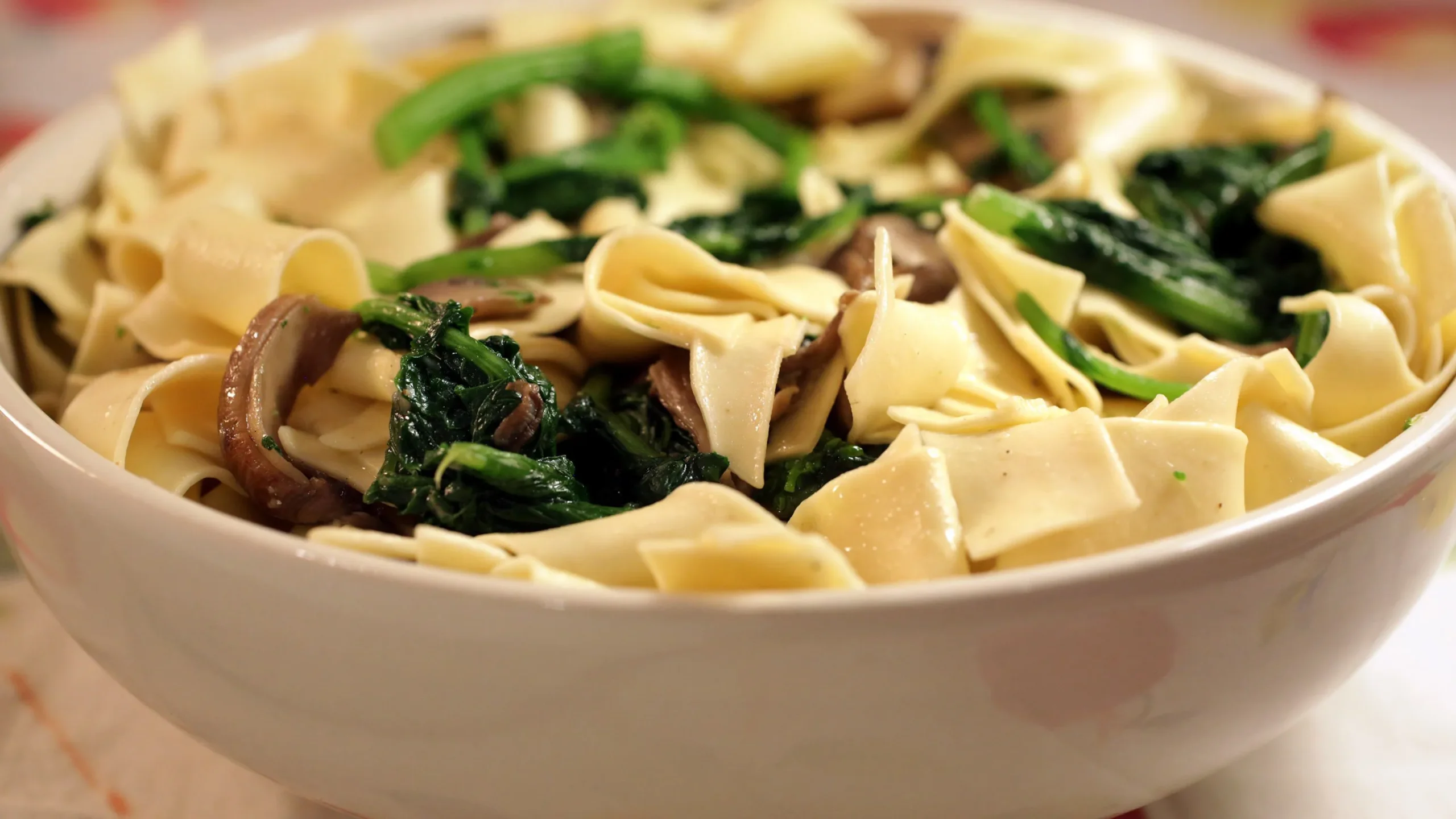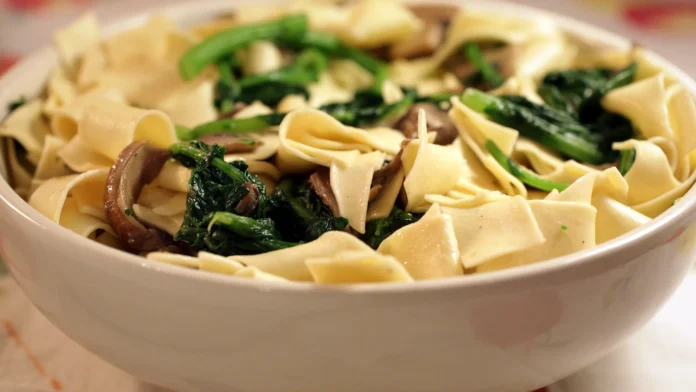Pasta is the queen of Italian cuisine, with the approval of pizza, and also one of the most universal preparations there is. You probably have an Italian restaurant around the corner, although its spaghetti and macaroni are far from culinary purism. However, we have all grown up with dozens of preparations in which pasta sauces are essential.

Whether we are talking about stuffed pasta, fresh pasta, or dried pasta, almost all of them will come with some kind of seasoning to give them more flavor. They also tend to have more calories, a bit of protein, and different forms of added fats. Some will be unsaturated and others, also often, unsaturated.
The protagonists are not hard to find, as Italian cuisine is a reflection of the Mediterranean diet. It is the place where oil, tomatoes, cheese, and various nuts find a mirror in which to look at themselves, using the sea. It also happens that we can ‘fatten up’ it with butter and cream, more abundant in the north of Italy. That does not mean that, if we want to take care of ourselves, we cannot limit our calorie intake and, above all, forget the mantra that eating carbohydrates for dinner makes us fat.
Five pasta sauces without sacrificing flavor
What we should always strive for is that, whatever option we choose, we should try to make it as homemade as possible. Falling into the temptation of pre-cooked sauces, which are very popular, also means giving in to options with more sugar and salt than desired. Not all are the same, obviously, but it is worth looking at their ingredients before putting them in the basket.
That said, we also have to take into account the nature of our pasta intake and the amount of sauce we include. We all know someone who eats tomato with macaroni instead of macaroni with tomato, but that is not the only problem. It is also the number of times we eat pasta, a friendly, cheap, and easy solution, including for households with children.
For this reason, there are certain doors that are better kept closed. We are referring to those that overindulge in saturated fats – especially those that contain them -, those that involve an excessive intake of salt, or also those that, despite being unsaturated fats, are present in large quantities on the plate.
Pomodoro sauce tomato sauce
It is the base of any pasta dish and is nothing more than a fresh tomato sauce. The key is not to add sugars to counteract their acidity or to mask the final result with a large amount of salt. Simply cook the tomato, which can be crushed or in small pieces, with a little olive oil and let it concentrate the flavor.
To implement it, use aromatic herbs. Oregano and basil, the queen of Italian spices, will always work well, but we can also innovate with other types of aromatic herbs. If we still want to correct that runaway acidity, use some sweet vegetables such as pumpkin or finely chopped carrots. Another option is to cook peeled tomatoes in water with a teaspoon of sugar, although this is not a miracle cure either. The easiest way to use very ripe, seasonal tomatoes in these pasta sauces is to use very ripe, seasonal tomatoes.
Arrabiata sauce
You have to be a little brave here because this tomato sauce with chilli is not suitable for everyone. We can reduce the level of spiciness, although it will slightly distort the preparation. However, cayenne pepper will enhance the flavor of the tomato and allow us to avoid adding more calories or salt to the preparation of our pasta sauces.
If we don’t fall into temptation 100%, we can spice up the recipe with ground pepper (as happens with cacao e pepe pasta —cheese and pepper—). It won’t be the same either, but it helps us to raise the tone of the dish without having to complicate the nutritional aspect.
Standard sauce
Named sugo alla norma, usually for dry pasta dishes like bucatini, this pasta is perfect for adding flavor without adding extra calories. The ingredients are simple and garden-like: eggplant, tomato, and salty ricotta. Ricotta is similar to our cottage cheese, and although it adds a touch of salt, it is good for the recipe.
However, we can opt for unsalted cottage cheese to avoid adding that bit of sodium. In any case, it is a very simple recipe, quite healthy, and will go well with all kinds of short pasta.
Marinara sauce
It is a great Neapolitan preparation, especially for pizzas, but we can also make pasta with this sauce that is essentially just tomato, garlic, onion, and basil, so it has very few calories and allows us to enjoy pasta with relish. The key here is to cook everything very slowly and to allow the flavors to integrate, as well as not letting the garlic overcook.
If we want to give it a little more intensity, we can use certain pickles such as capers or olives, remembering that we are going to add salt with this gesture, or we can directly include salted anchovies. With this addition, we will get quite close to another classic preparation such as puttanesca sauce, another of the queens of pasta sauces.
Pesto sauces
Here we come up against a tough nut to crack because traditional Genoese pesto includes olive oil, pine nuts, basil, and parmesan cheese, i.e. three very fatty and nutritious foods, but fatty. The trick here is to reduce the quantities or to substitute the type of ingredients even if we slightly distort one of the most famous pasta sauces.











